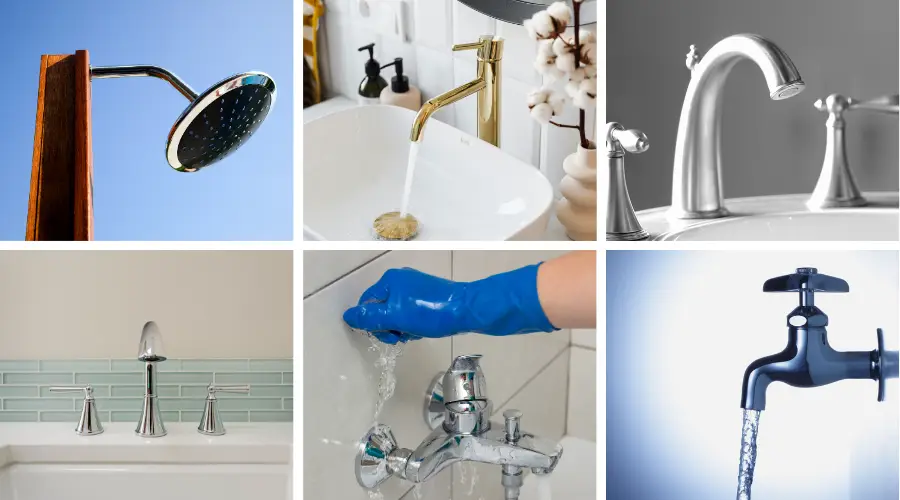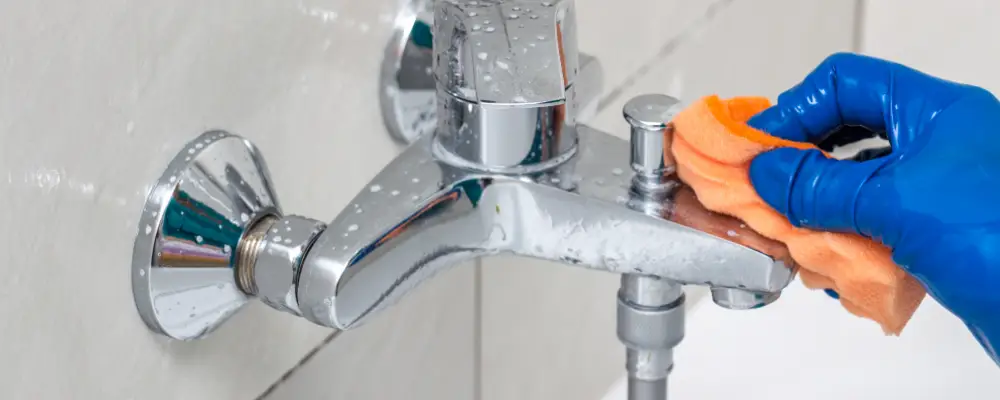In the face of a mounting water crisis in most parts of the globe, the demand for water-saving solutions in domestic and commercial buildings is increasingly on the rise. A significant percentage of households are entirely neglectful of the water that can be saved if they just replace their fixtures with the correct ones. It is crucial to know the measure of water to be saved both for the purpose of saving money and for contributing to a more sustainable future, whether you are a homeowner or a builder. Water-saving fixtures are one of the necessities in new commercial buildings and home renovation projects. This guide will introduce you to the water-efficient products in the market, their benefits and how to select the appropriate ones for your project.
What Are Water-Efficient Fixtures?
Water-saving or water-efficient fittings are designed to use less water while maintaining the flow and pressure of the output. They include toilets, taps, showerheads, and appliances that use less water but offer the same level of functionality. Water saving is becoming an integrated part of the eco-conscious living experience as these products are contributing to the saving of water, thus reducing the overall environmental footprint of a building and also the cost of water and electricity.
Importance and Benefits of Installing Water-Efficient Fixtures
Installing water-efficient fixtures offers a variety of benefits:
- Environmental Impact: The process of eliminating water wastage through water-efficient fixtures opens up the possibilities for every drop of water to be stored and available for future generations.
- Increased Property Value: Houses and buildings that have water-efficient systems installed will be the ones that are preferred by people who are in search of green solutions and lower utility costs.
- Improved Performance: Several water-efficient fixtures are produced with state-of-the-art technology that, with less water, provide better pressure or shorter water heating time, meaning better performance.
- Cost Savings: Water-efficient fixtures have a higher initial cost. However, this can be regained through the money that you will save on water bills as a result of water consumption reduction, thus resulting in higher long-term value.
Types of Water-Efficient Fixtures

Water-saving appliances are available in different styles, each one made for a particular function. Below are a few of the most common types:
- Low-Flow Toilets: Low-flow toilets use less water than conventional toilets. Generally, the average toilet consumes 6-10 litres per flush, while low-flush ones consume around 3-6 litres per flush. This small adjustment can save lakhs of litres of water per year for the environmentally conscious homeowner.
- Low-Flow Showerheads: Low-flow showerheads limit water usage without sacrificing water pressure. Many of these simple additions save up to 2.5 gallons per minute on water, depending on the model.
- Low-Flow Faucets: Faucets are the main water users in a household. Low-flow faucets are created to lower the rate of water flow. Typically, aerators—that mix air with water so that the pressure is maintained and the volume of the water coming out is lowered—are added in these fittings to increase efficiency.
- Water-Saving Urinals: Urinals are one of the basic necessities in most commercial buildings. In order to function efficiently, water-saving urinals employ pressure-assist technology or vacuum systems which use less water to flush waste. Usually, these types of systems consume from 0.5 – 1 gallons per flush; while conventional systems consume around 1.0 – 1.5 gallons per flush.
- High-Efficiency Washing Machines: In order to save water, high-efficiency machines have the option of lowering water levels to suit the size of the load. They also have a unique drum system, which uses less water in cleaning clothes. Not only do high-efficiency washing machines save water, but they also use lower energy in heating water, thus realising a double effect of water conservation methods and energy.
- High-Efficiency Dishwashers: High-efficiency dishwashers utilise a fraction of the water used by older models. The energy cycles with smart sensors conserve water by adjusting to the load size and therefore fill with water only as needed.
- Recirculating Hot-water Systems: The use of recirculating hot-water systems has made it possible to have hot water on demand in any faucet or shower. Since these systems keep water moving in the pipes, the water that is to be heated is never far away, hence no water is wasted because of waiting times on warming.
- Flow Restrictors for Taps: Flow restrictors are tiny gadgets mounted in taps and they limit the amount of water that flows through the taps. These devices allow a significant water saving (50-80%), and they provide the necessary water pressure for the washing of hands, cleaning of dishes, and other such tasks.
- Sensor-Based Fixtures: These fixtures never waste water because they automatically adjust the flow depending on the usage. They detect motion or heat and turn on/off water supply as required, preventing wastage due to accidental operations.
Selecting the Right Fixtures for Your Project
The selection of water-efficient appliances should start by considering the factors that ensure the appliances will functionally and environmentally meet the set goals. These include:
- Water Usage Requirements: Each fixture is made with a specific water-saving goal in mind. Know the flow rates and usage that would suit your home or business.
- Fixture Compatibility: The first step in determining whether the selected fixtures are compatible with your existing plumbing system is to identify what type of plumbing fixtures you have.
- Durability: Opt for fixture materials that can resist water stains and rusting to ensure long-term functionality and aesthetics. Chrome-plated (CP) metal and solid brass are some of the materials that offer good performance.
- Budget Considerations: It is true that some water-efficient appliances in plumbing work in house construction could cost you more at first but eventually, they result in utility bill savings and turn out to be good investments.
- Certifications: Find out if they come with certifications like WaterSense or ENERGY STAR, which point out that the product is highly efficient in terms of water usage.
Maintenance of Water-Efficient Fixtures
If one wants water-saving appliances to work at their highest potential and have a long life, then it is necessary to take proper care of these appliances. This care includes:
- Regular Cleaning: Worn faucets, showerheads, and filters should be cleaned regularly to have a smooth flow of water as mineral buildup may cause water flow to decrease.
- Periodic Inspections: Check for leaks, cracks, and other issues in the fixtures that may cause them to have a lower performance.
- Replacing Worn Parts: Parts like washers and seals, which are made of rubber, may get worn out and need to be replaced to continue the efficient use of the fixture.
Conclusion
Water-efficient fixtures are a worthwhile and sensible option not only for your house but also for commercial projects. These fittings, which provide an instant payback, are becoming increasingly popular due to their added environmental benefits. They will enable you to save money, contribute to the planet’s sustainability and also ensure that your space keeps up with the latest environmental requirements. Be a part of the eco-friendly lifestyle by including such fittings in your building.

